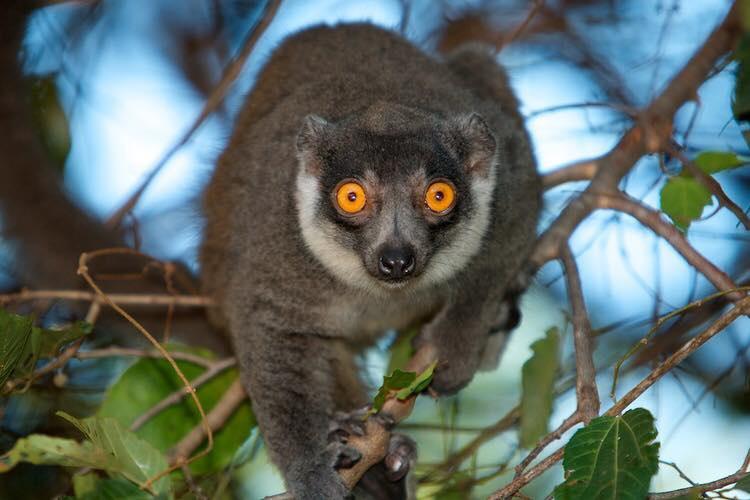Travis Steffens
Other projects
20 Jan 2016
Preserving Fragile Ecosystems through a Community-Based Fire Management and Education
Our project aims are to instil a sense of pride in the protection of lemurs and their habitat and to commit to actions that protect lemurs and their habitat.

Lemur.
Planet Madagascar aims make a lasting contribution to the preservation of endangered lemur species living in a highly fragmented portion of Ankarafantsika National Park in NW Madagascar by alleviating and reducing the major threats experienced by the lemurs in this area: fire, resource extraction, and hunting. Working closely with local communities Planet Madagascar will find realistic solutions to the major threats to lemurs.
To start Planet Madagascar will conduct a survey within local communities to determine resident livelihoods, use of the forest, and attitudes towards lemurs, their habitat and conservation. Following the survey Planet Madagascar will inform and implement education programs for adults and the children within the local communities. By making people aware of the fact that lemurs are unique to Madagascar—and in some cases unique to their region—Planet Madagascar hopes to instill a sense of pride in the lemurs. By creating awareness that the lemurs provide direct benefits to the forest (through seed dispersal), people will realize that it is in their best interest to protect the lemurs. To help protect lemurs and their habitat Planet Madagacsar will find innovative solutions to the major threats affecting lemurs surrounding the communities while contributing to improving the livelihood of people living in the communities. Fire is one of the largest threats to lemur habitat. Planet Madagascar plans to work with communities to implement a fire management strategy.
This strategy will provide employment for local residents—people will help create firebreaks—and also mitigate fire risk for lemurs and their habitat. Combining education with practical conservation measures that engage and capacitate local residents will result in a long-term contribution to lemur survival and improved living standards for local residents.